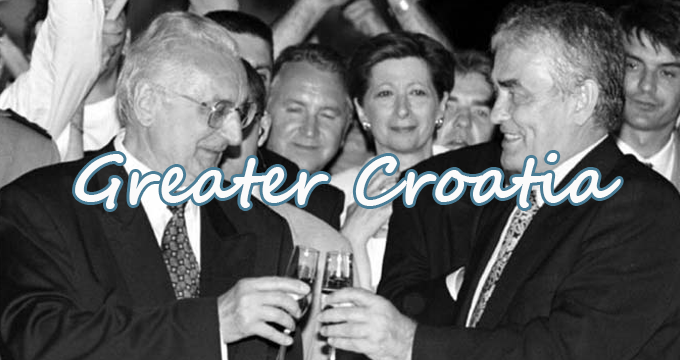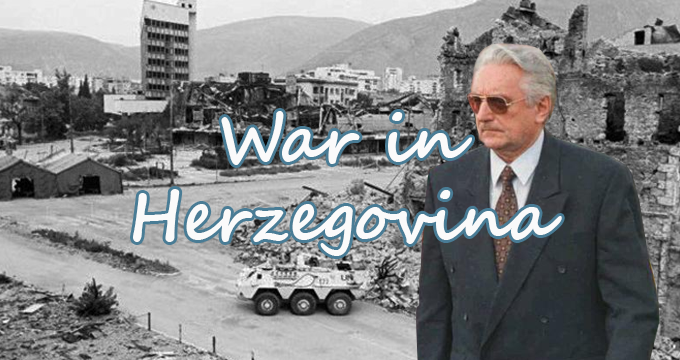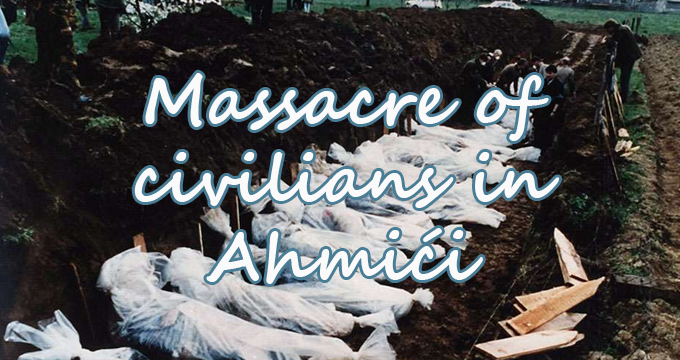Immediately after Karadjordjevo and Tikves, under the motto of the “protection of the endangered Croatianship in Bosnia and Herzegovina” and the “protection of strategic interests of the state of Croatia”, Franjo
A report on how the hard-line Croatian government helped mastermind the break-up of Bosnia-Herzegovina in order to create a new Croatian mini-state and how the international community let it get away with it.
Following the new secret negotiations between Slobodan Milosevic and Franjo Tudjman about the division and destruction of the Republic of Bosnia and Herzegovina, with its collaborationist formations
The participation of the Republic of Croatia in the aggression against the Republic of Bosnia and Herzegovina, besides its armed forces, can be positively determined on the basis of the logistical support
The Croatian Community of Herzeg-Bosnia took control of many municipal governments and services in Herzegovina as well, removing or marginalising local Bosniak leaders. Herzeg-Bosnia took control of
The Croatian Republic of Herzeg-Bosnia (Bosnian: Hrvatska Republika Herceg-Bosna) was an unrecognised entity in Bosnia and Herzegovina that existed between 1991 and 1994 as a result of secessionist
Following is a comprehensive list of convicted war criminals (Croats) as according to the International Criminal Tribunal for the former Yugoslavia (ICTY), The Department I (Special Department for War
Ahmići massacre was the culmination of the Lašva Valley ethnic cleansing committed by the Croatian Community of Herzeg-Bosnia's political and military leadership on Bosnian Muslim (Bosniak) civilians
19. October 1990. The presidency of the Socialist Republic Bosnia and Herzegovina according to the order of the Headquarters of armed forces of Socialist Federal Republic Yugoslavia
The ICTY accepted that the market place in Zenica was shelled by HVO on April 19 1993 from the village of Puticevo, 15 kilometres from Zenica, killing 15 people and injuring another 50. The shells landed in three
- 1
- 2













